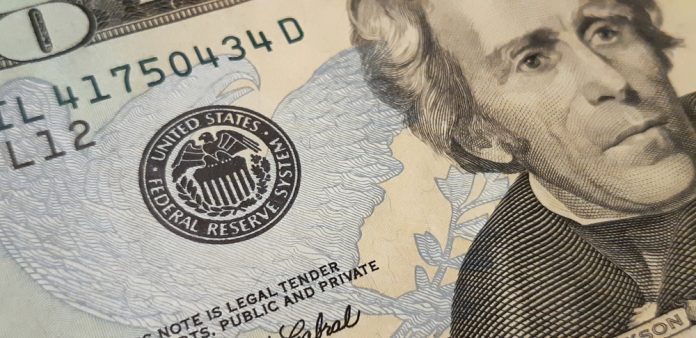Inflation continued to show signs of stalling in June, as the annual rate slowed to just 3% under the influence of volatile food and energy prices.
This number not only means that inflation has inched within one percentage point of the Federal Reserve’s growth target of 2%, but it also represents the lowest increase since early 2021. Compared to May, the rate rose only 0.2%, slightly below expectations of 0.3%. While these are encouraging signs for the U.S. economy, there are some caveats.
Volatile markets appear to have contributed heavily to the stagnation. The Consumer Price Index, the primary metric for measuring changes in the cost of goods and services, showed that “core” inflation (which excludes the unstable food and energy segments) increased 4.8% rather than 3%. This number is likely to be more relevant to the Federal Reserve as it decides what course to take in the latter half of the year, since it disregards less dependable variables.
Since early 2022, the Fed has relied on interest rate hikes to combat rising prices. The increases have presented challenges to businesses looking to fund their operations through loans, which has itself made goods and services more expensive for consumers. Given that core inflation remains more than twice the Federal Reserve’s target, the banking institution will likely decide to adjust rates at least once more, prolonging the challenges facing companies and buyers. Other factors, such as a weakening dollar, could continue to complicate economic recovery efforts.
While this may be disappointing news, it is important to note that the economy is making slow but undeniable progress, and that the disinflationary measures taken by the Federal Reserve are having the desired effect. Last June, the annual rate of inflation hit a staggering forty-year high of 9%. Should the trends presented in June continue, the economy could face an earlier recovery than expected.



